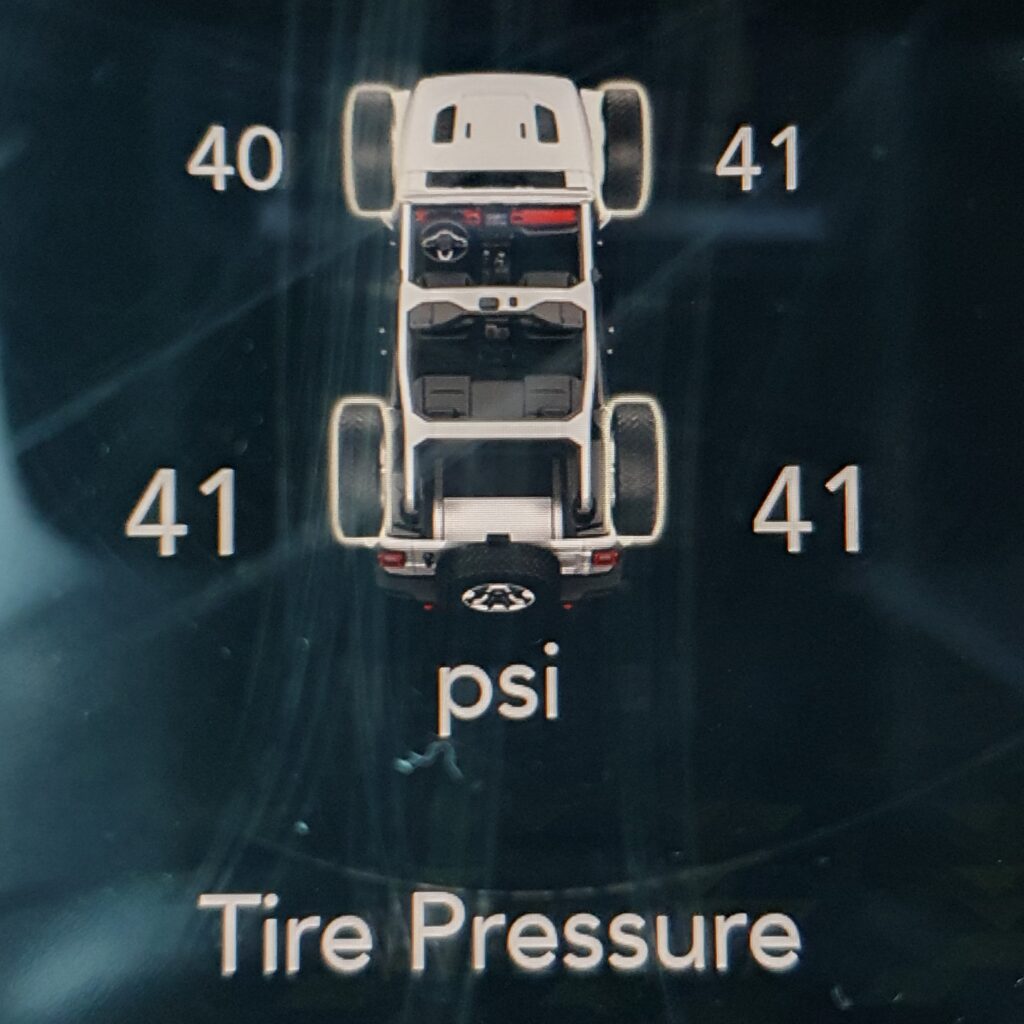Nobody likes being pressured about anything in our lives but when it comes to tires there is a fine balance between too much pressure and not enough. How many of us remember our high school chemistry classes to recall that pressure, volume and temperature are all related (Boyle’s Law)? To keep things simple, I’m going to focus on pressure and temperature.
Ask most drivers if tire pressure is important and most will say ‘yes’. Then ask that same person when they last checked their tire’s pressure and most will respond with ‘umms’ and ‘ahhs’ because they simply can’t remember. At best, tires are checked every few months because it’s just not something that comes to mind when thinking about vehicle maintenance, but it’s the one thing that can change from week to week, especially this time of year.
If the last time you checked your tire pressures was back in August on that nice warm sunny day when it was 25 degrees; the pressure will be much lower when soon we will be experiencing temperatures in the -5 degree range. You will have actually lost several psi of pressure leaving your tires firmly in the danger zone for de-laminating. Now wait until it gets really cold, say -25 degrees, as in many provinces. You are looking at a good chance of kissing that tire goodbye; hopefully not while you are at highway speeds or while negotiating a ramp leading off or onto a highway, but that’s probably when it will blow on you.

Tire de-laminating will soon become a common sight for tow truck drivers. So now I take the opportunity to remind drivers about how pressure and temperature is related. I recall once assisting a driver stranded on the side of the road with a flat. His front left tire was actually torn to shreds, his front right was nearly flat and both his rear tires looked a tad low also. He also damaged his front left rim because he drove on it for half a kilometre. Since he didn’t have a spare tire at all, it resulted in him needing a tow to his repair shop of choice. Now because I’m anal about tires in general, for me this would mean two new front tires so that the tread is equal on both sides and possibly four new rims so that they match. That’s a big hit to the wallet! Although in reality, sometimes a damaged rim can be repaired.
Please just take a few moments to check your tire pressures in the very near future. Don’t go by the max pressure stamped on the tire, but rather the pressures recommended by the manufacturer of your car. This is usually found on a sticker on the inside of the driver’s door (near where the door latch is located). This comes with a caveat though — those recommendations are usually set slightly low to provide a comfier, softer ride. Take those recommendations and add a couple psi for a more ideal pressure setting for the actual tire. Most drivers and passengers won’t even notice a difference in the comfort level but it can make a difference to how your tires perform. It can also affect the overall life of the tire (your tires will wear out less quickly) and can also affect your fuel economy (proper pressures equate to less fuel consumption).

